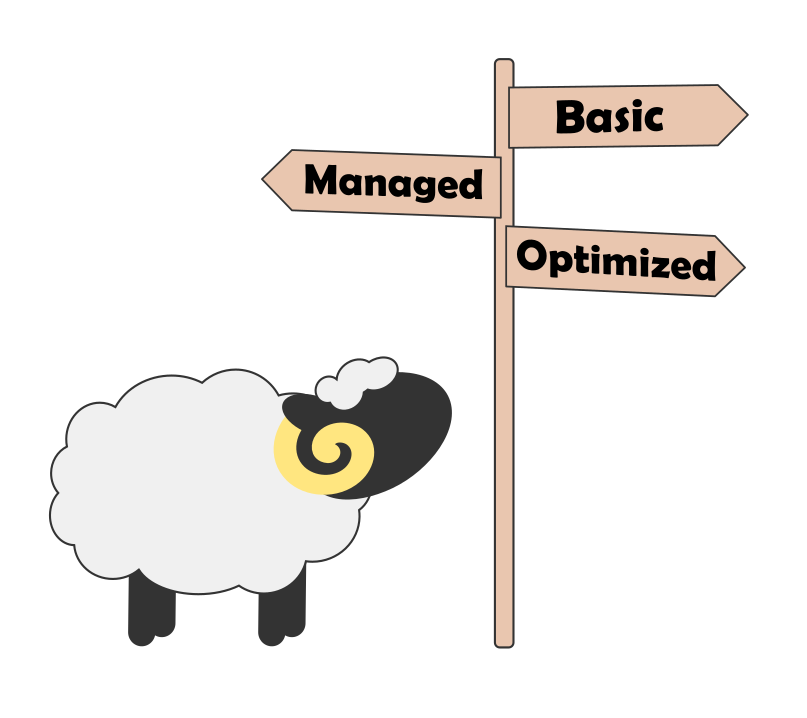Introduction
This section of DPC RAM focuses on the metadata that is needed to preserve and provide access to digital content. It includes technical metadata on file formats and dependencies that will aid preservation decisions, metadata that demonstrates the authenticity of the content, and metadata that helps users to find and understand the content.
“When we decided to adopt the PREMIS metadata standard this was a really good step for the organization as it allowed us not only to gather the appropriate metadata but to continue to develop metadata over time in a structured way.” - Nicola Steele, Grosvenor Estates
-
Creating a digital asset register can be a really helpful step for gaining greater intellectual control of your digital holdings. It may be that digital content is stored in multiple different places or that you have a backlog of content that hasn’t yet been processed. Completing a digital asset register will allow you to gain better understanding and control over the size and scale of your holdings.
-
Ensure your digital asset register works for you. Does it include all the information you need? Is it complete or is there patchy coverage?
-
Don’t underestimate the importance of metadata about copyright, licencing and accessibility. It is hard to do anything with digital content if this information isn’t clear and easy to understand - both for staff and for users.
-
Ensure that you have clear guidelines on creating and updating metadata and that this information is accessible to those who need to use it.
-
Communicate with developers or third parties who provide systems for storing and surfacing metadata - ensure you pass on feedback and requirements in order to make sure systems are developing in a direction useful for you.
-
Enhancing and improving metadata is time consuming and it can be a challenge to get any additional funding for it. However, it is very much worth the effort. Investing time in this opens up opportunities to do more exciting things with digital content in the future.
-
Do not see metadata enhancement as an isolated exercise - find ways to use the improved metadata (for example facilitating better reporting, better preservation planning, better access and discovery) to demonstrate that it was time well spent.
-
Consider recording any physical locations in the local language(s) and be aware of any relevant Indigenous terminologies or community-specific language.
-
Noting where material has restrictions on access at all levels of metadata will help mitigate the risk of inappropriate disclosure.
-
Aus Preserves Ingest and Pre-ingest training modules - these training materials are available to download in full, including slide decks, participant handbooks and workbooks. Of particular interest might be the module on metadata and digital preservation.
-
Born Digital Archive Cataloguing and Description - this Technology Watch Guidance Note from Jenny Bunn provides a helpful introduction to descriptive metadata for born digital archives.
-
Examples of Born Digital Description in Finding Aids - this initiative provides a helpful snapshot of descriptive practices for born digital archives.
-
Persistent Identifier Guide - this resource from the Dutch Digital Heritage Network provides a helpful introduction to persistent identifiers, including an FAQ and a useful tool to help an organization select a persistent identifier scheme that is right for them. This resource is available in Dutch and English and although is aimed at organizations in the Netherlands, will also be of interest internationally.
-
ARA Diversity & Inclusion - a series of blogs from the Archies and Records Association (ARA) UK and Ireland, on decolonising the archives (mostly focusing on archival description).
-
Guidelines for First Nations Collection Description (2023)– written by Tui Raven, these guidelines are intended to “assist libraires and archives as they transform their approaches towards creating reparative descriptions for materials created by or containing information about Aboriginal and Torres Strait Islander people and communities”.
-
Local Contexts – a hub of resources to support Indigenous communities with tools that can reassert cultural authority in heritage collections and data.
-
Doing digital - putting theory into practice - Beth Astridge and Clair Waller from the University of Kent discuss born digital cataloguing and description.
-
Developing Shared Born Digital Archival Description Guidelines at the Yale University Library - a case study from Yale University of a collaborative approach to defining guidelines for born digital description.
-
The exciting world of metadata - a blog post from Teagan Zoldoske from the Archaeology Data Service which gives an excellent overview of why metadata is so important for reuse of digital collections.















































































































































